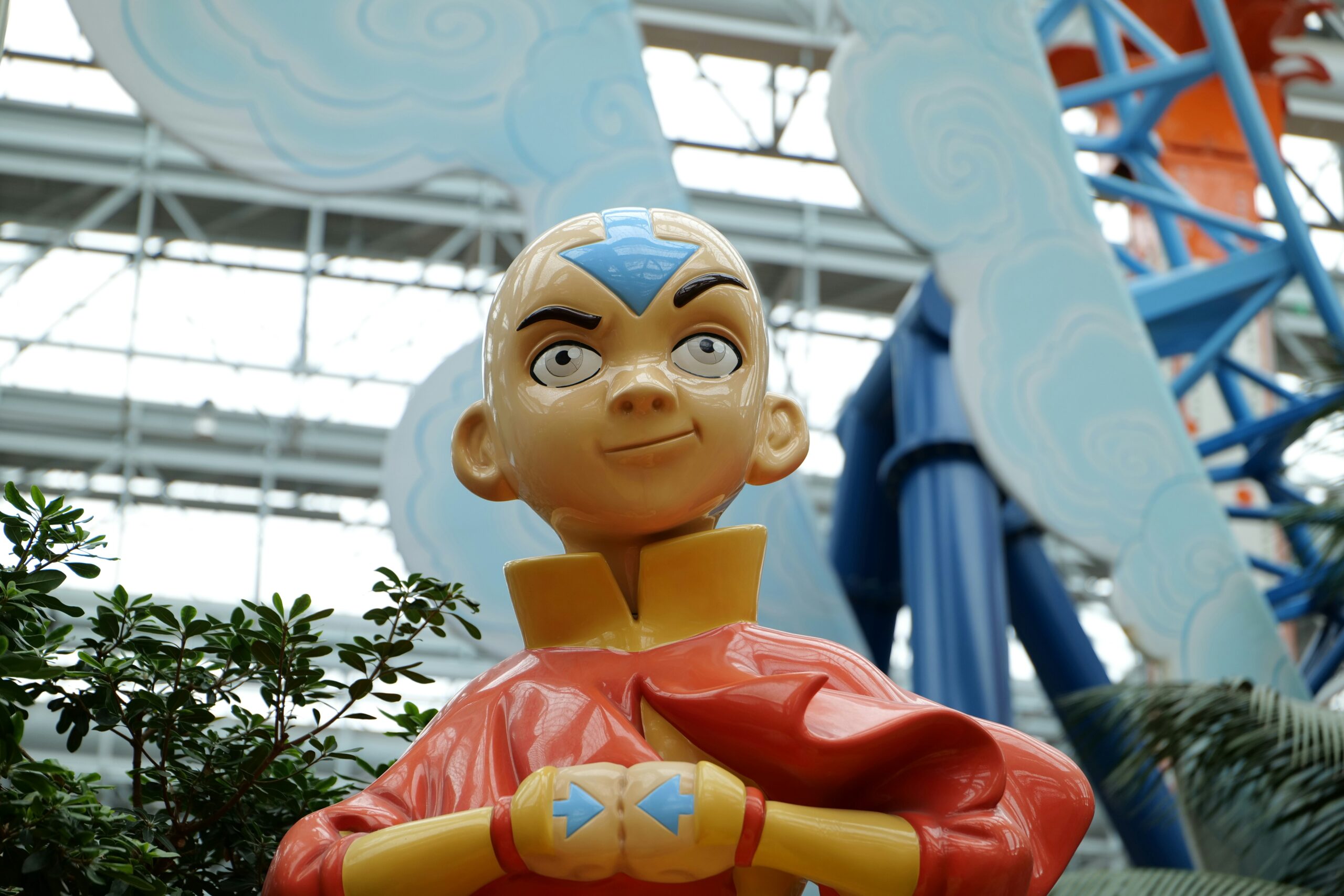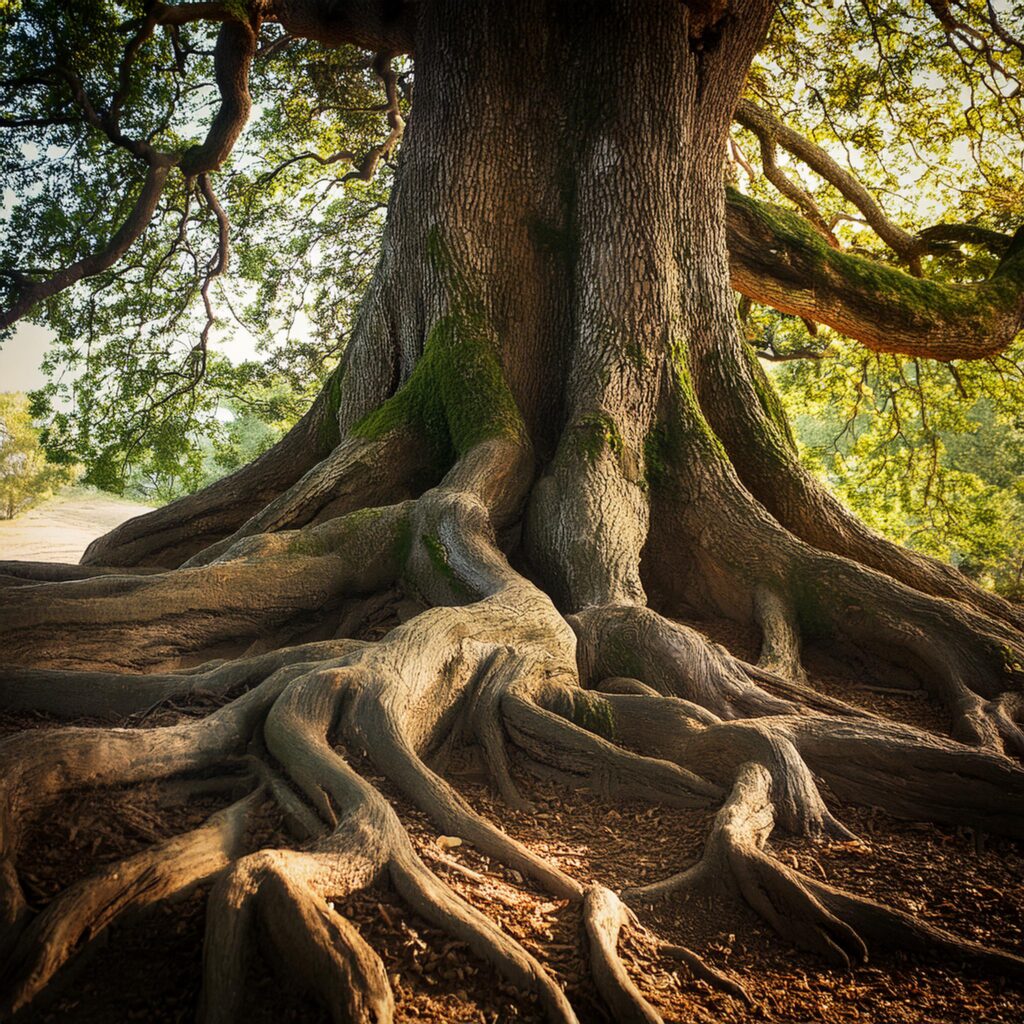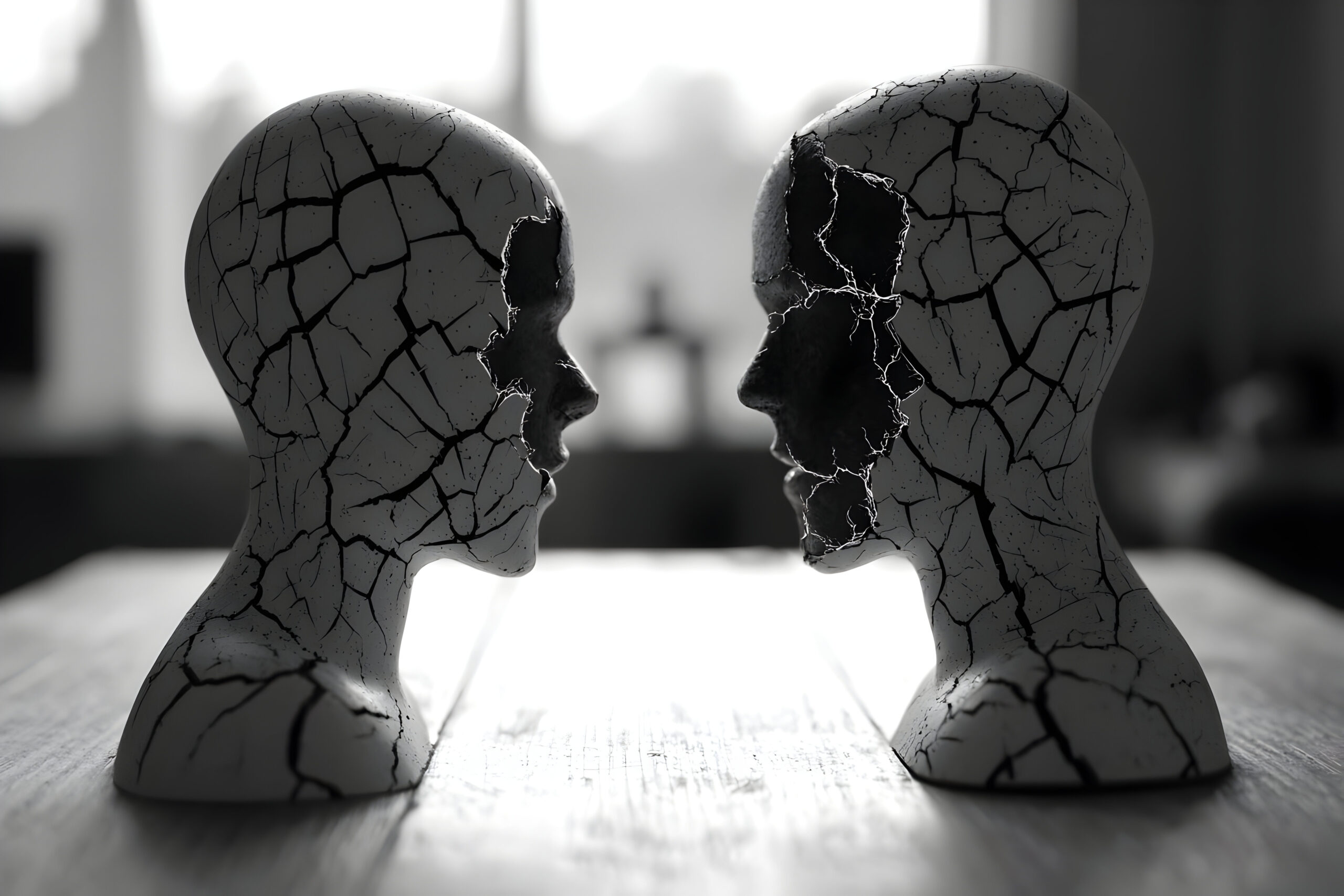The animated television show Avatar: The Last Airbender (ATLA) (DiMartino & Konietzko, 2005-2008) depicts a fantasy world where some (but not all) of its inhabitants are gifted with very compelling mind over matter powers. Although suitable for a younger audience, I recommend the show to all my friends for its entertaining plots, interesting characters, rich, beautifully drawn world, and genuine wisdom. But in the spirit of this imaginative fantasy, I wish to consider here in a playful, speculative way, what ATLA might suggest about the nature of psi. Recently, Netflix released a newer, live-action version of ATLA that doesn’t cover the entirety of the original version. And The Legend of Korra is another wonderful television show, depicting the same world at a different time. However, to conserve space, I’ll focus on the original ATLA.
The core conceit of ATLA is that some (but not all) of its world’s inhabitants are gifted with the ability to “bend” (manipulate at a distance) one of the four subtle elements: earth, air, fire, or water. The basic plot involves the fact that the Fire Nation has declared war against all the other peoples of this world and desires to subdue them under their power. Fire Nation soldiers generally can bend fire, which means their hands can function like flame throwers. Other kinds of benders manipulate their respective elements in similar ways. Earth benders can cause pieces of earth (such as rock) to fly through the air. Water benders are able to lift streams of water into the air, which can be used against their opponents. Air benders can summon powerful bursts of air, and even use their power to fly (with the aid of a glider). The hero of ATLA is Aang, who happens to be the last air bender and the Avatar. Only the Avatar can potentially bend all four elements. All other benders can only bend one (and most inhabitants of this world are not benders). It is also prophesized that the Avatar is destined to defeat the Fire Lord Ozai, ruler of the Fire Nation, and bring balance to the world.
But what does any of this have to do with psi? Let’s start with the most obvious question: Does the show’s notion of bending have any real-world connection with the anomalous mind-matter interaction revealed in psychokinesis experiments? At first glance, the answer appears to be no. The mind-matter interaction of psi experiments typically reveals only small changes in the distributions of random 1s and 0s, which can only be detected using statistical techniques. For an overview of some evidence of anomalous mind-matter interaction and other forms of psi, see Cardeña’s (2018) recent paper that summarizes the available meta-analyses. In addition, Milojević and Elliott (2023) present an overview of experiments designed to detect psychophysical influences on the quantum physics double-slit setup, pioneered by Dean Radin. The bending (manipulation of one of the basic elements) in the ATLAworld is considerably more powerful and dramatic (which any show or movie that compels us to watch arguably must have).
However, we might also consider what exactly we mean by these fundamental elements. Earlier philosophies considered the world composed of these basic elements, usually fire, earth, air, and water (but sometimes metal, ether, or something else). These early philosophers included the ancient Greeks Empedocles, Anaximander, and Heraclitus (Ortiz-Hinojosa, 2023). Of course, this departs from our more modern or scientific views of the world’s most basic constituents. Some wisdom traditions also emphasize that these different core elements have to do with different dispositions that characterize our personalities or the tendencies of individuals.
As it happens, the main benders in ATLA do exhibit qualities that tend to match their appropriate bending skill. Although Aang is the Avatar, and can thus bend all the elements, it is air bending that comes easiest for him. Aang’s personality matches his air-bending ability: he tends to be buoyant and easygoing. At times, he becomes easily distracted or appears to be a bit of an airhead. Katara, a water bender from the Southern Water Tribe, is very connected to her feelings and emotions. She is incredibly compassionate or sensitive to the pain of others, and she is a gifted healer as well. Topf, the earth bender, is very grounded and down to earth. When Toph teaches Aang about earth bending, she explains, “You’ve got to be steady and strong. Rock is a stubborn element. If you’re going to move it, you’ve got to be like a rock yourself” (Ehasz & Spaulding, 2006). Prince Zuko is the show’s main antagonist and he aims to capture Aang for the Fire Nation and restore his honor. Zuko’s fiery and angry personality matches his fire-bending ability.









